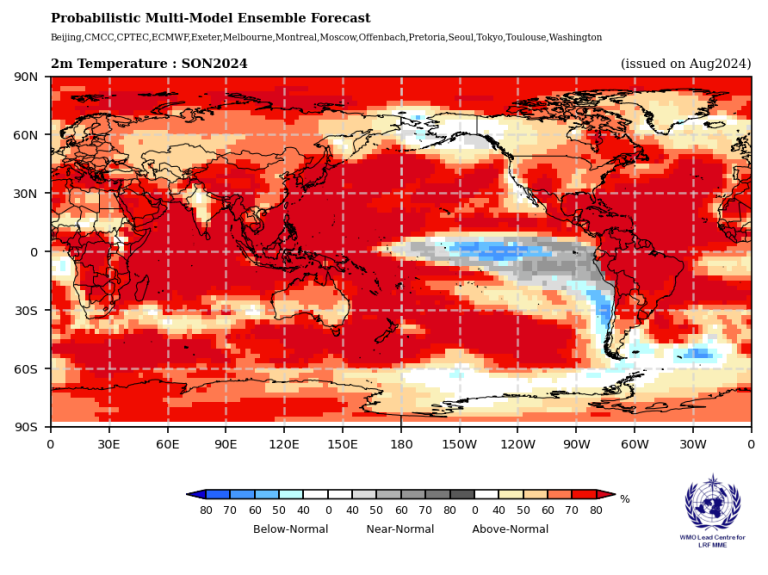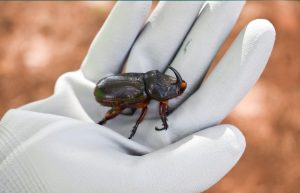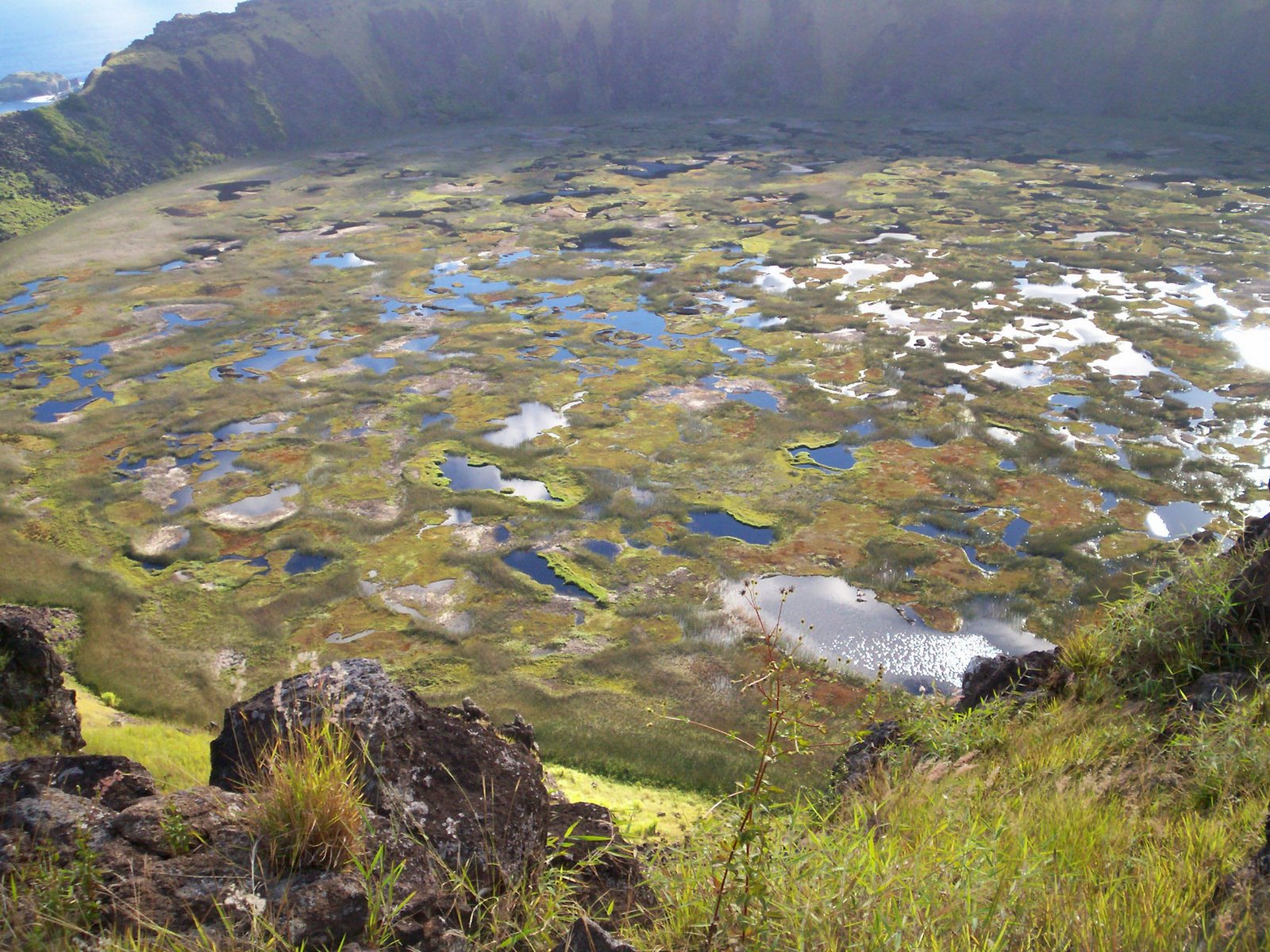China just launched a nuclear-capable ballistic missile smack into the central South Pacific, without bothering to notify the target country.
What the heck could that mean?
The rocket didn’t come near Hawai’i. It was at little over 2,000 miles south.
But that rocket flew some 7,000 miles from China to its watery landing spot. The distance from Beijing to Hawaii is just 5,000. Beijing to San Francisco is 6,000.
Was the Sept. 25, 2024, missile a message, or, as China suggests, just a routine test? Not routine, certainly, since China hasn’t done anything like this in more than 40 years.
Hawai’i folks have expressed concern about North Korean rockets gaining the capacity to fly as far as the Hawaiian archipelago, but China has long had that capacity, and it demonstrated that with the Sept. 25 launch, which reportedly terminated within the exclusive economic zone of Kiribati, near Caroline Island.
Caroline is an uninhabited atoll south of the Equator, in the Southern Line Islands. French Polynesia is to the south and east of it. The Cook Islands are to the west. U.S.-controlled Jarvis and Palmyra are to the north.
China warned the United States and Russia of the proposed launch, which is required by treaty, but did not bother notifying the target nation, Kiribati. France, New Zealand and Australia also got notice. Japan and French Polynesia did not.
China reported the missile carried a dummy warhead.
The Center for Strategic and International Studies reports that China has three models of nuclear-weapon-capable intercontinental ballistic missiles, known as Dongfeng, or East Wind. They are the DF-5, DF-31 and DF-41. Sources differed over whether the Sept. 25 missile was a DF31 or 41.
All three of the missiles have the range to reach either Hawai’i or the West Coast. The DF-5 is silo-based while the other two are transported on mobile carriers, some of which are off-road-capable.
The nation of Kiribati, which has benefitted from Chinese investment in recent years, expressed concern about the launch of a military rocket into its waters.
French Pacific waters are just south of the rocket landing
zone, and officials in Papeete also expressed concern. Radio New Zealand
reports that China threw a dinner party in French Polynesia to calm the waters.
The international only news magazine The Diplomat suggested the launch was hardly “routine,” as China suggested. It was the first Chinese launch into international waters since 1980—more than four decades.
That doesn’t mean it was provocative. “Beijing’s motivation for this test launch might not have been the desire to send a political signal, but rather a need for technical data,” The Diplomat wrote.
That said, officials of numerous of the nations of the Pacific have expressed concern. China has been actively courting Pacific nations on the trade front, but until now, it has not suggested that it carries a big stick behind the open pocketbook.
Wrote The Diplomat:
“China has made progress in winning over some of the Pacific Island states, but has run into resistance from others that fear turning the region into an arena of China-U.S. strategic competition. Firing a nuclear-capable missile into the midst of the islands not only stokes that fear, it positions China as an aggressor.”
© Jan TenBruggencate 2024









